Within this market, Immunosuppressive Therapy leads substantially, valued at 0.7 USD Billion in 2024 and expected to grow to 1.3 USD Billion by 2035. This treatment type is crucial as it addresses the autoimmune aspect of acquired aplastic anemia by inhibiting the immune response that targets the bone marrow, hence enabling recovery of hematopoiesis. Similarly, Bone Marrow Transplant, valued at 0.6 USD Billion in 2024, is significant, with a future projection of 1.1 USD Billion in 2035, highlighting its essential role as a curative option for many patients.
It is regarded as a definitive treatment that provides a long-term solution by allowing the production of healthy blood cells through the receipt of donor marrow.
Supportive Care, with a lower valuation of 0.3 USD Billion in 2024, growing to 0.7 USD Billion by 2035, is also a critical component, aimed at alleviating symptoms and improving overall quality of life for patients. While its revenue figures are comparatively smaller, it underscores the importance of supportive measures in holistic treatment approaches for patients, as interventions can translate to significant improvements in patient comfort and wellbeing.
Furthermore, Growth Factor Treatments, valued at 0.25 USD Billion in 2024 and expected to rise to 0.4 USD Billion in 2035, are also noteworthy, as they provide essential stimulation for blood cell production, especially in cases where other treatments may be unsuitable or when patients experience severe symptoms.
Each of these treatment types contributes to the Acquired Aplastic Anemia Market segmentation, reflecting varying degrees of importance, application, and future growth potential in managing this critical health condition effectively. Overall, the Acquired Aplastic Anemia Market data suggest a dynamic landscape characterized by significant advancements in treatment modalities, responding to the growing needs of affected patients around the globe.
Acquired Aplastic Anemia Market Diagnosis Method Insights
The Acquired Aplastic Anemia Market, focusing on Diagnosis Method, plays a crucial role in the effective identification and management of this condition. In 2024, the overall market is valued at 1.85 USD Billion, showcasing significant economic impact within the healthcare sector. Various methods such as Bone Marrow Biopsy, Blood Tests, Physical Examination, and Imaging Techniques are pivotal for diagnosing acquired aplastic anemia. Bone Marrow Biopsy remains a cornerstone of diagnosis, providing essential insight into bone marrow health and functioning.Blood Tests are indispensable for assessing blood cell counts and overall hematologic status, making them a routine part of diagnostic protocols.
Physical Examination helps identify symptoms and clinical signs, guiding further testing. Imaging Techniques, while less common, can aid in ruling out other conditions and assessing complications. The market is supported by increasing awareness, advancements in diagnostic technology, and a rise in cases, driven by factors such as environmental exposures and autoimmune disorders. However, challenges such as high costs and the necessity of specialized healthcare facilities could hinder accessibility.Overall, the Acquired Aplastic Anemia Market statistics reflect a growth trajectory fueled by a variety of diagnostic methodologies, solidifying the importance of accurate diagnosis in patient management globally.
Acquired Aplastic Anemia Market End User Insights
The Acquired Aplastic Anemia Market is poised for significant growth, with an expected valuation of 1.85 billion USD by 2024, reflecting the increasing prevalence of the condition and advancements in treatment options. Within the End User segment, hospitals play a pivotal role as they provide essential patient care and advanced treatment protocols, making them a primary setting for the management of acquired aplastic anemia.
Specialty clinics further contribute to this market by focusing on specific treatment modalities and offering tailored services to patients, thus enhancing treatment efficacy and patient outcomes.Research institutes are also integral, pushing the boundaries of understanding this disorder and developing innovative therapies, which not only drive market progress but also hold the potential for breakthroughs in treatment methodologies. The interdependence of these End Users facilitates an ecosystem that supports patient care, scientific exploration, and clinical advancements, ultimately enhancing the overall dynamics of the Acquired Aplastic Anemia Market.
As the global healthcare landscape evolves, these segments are poised to capture a significant share of the market growth, highlighting the essential nature of collaborative approaches in treating this condition effectively.
Acquired Aplastic Anemia Market Cause of Aplastic Anemia Insights
The Acquired Aplastic Anemia Market, particularly focused on the Cause of Aplastic Anemia, reflects a growing concern due to its multifactorial nature. As of 2024, the overall market is projected to be valued at 1.85 billion USD, highlighting the need for enhanced awareness and treatment options for this condition. Various causes contribute to the prevalence of acquired aplastic anemia, with autoimmune disorders playing a significant role as the immune system mistakenly attacks the bone marrow.
Medication-induced factors are also crucial, as certain drugs can trigger this disorder, underlining the importance of monitoring drug side effects.Viral infections, including hepatitis and parvovirus, are recognized for their association with developing aplastic anemia, necessitating public health interventions to manage these infections effectively. Environmental factors, such as exposure to chemicals and radiation, further complicate the landscape of this market.
Understanding these causes allows stakeholders to develop targeted strategies for prevention, diagnosis, and treatment, aligning with the upward trends in Acquired Aplastic Anemia Market revenue and facilitating comprehensive market growth.Overall, the segmentation of causes reveals essential insights for future Research and Development and guides healthcare policies globally.
Acquired Aplastic Anemia Market Regional Insights
The Acquired Aplastic Anemia Market shows notable regional segmentation, reflecting varying growth dynamics across different areas. In 2024, North America leads the market, valued at 0.77 USD Billion, and is projected to reach 1.46 USD Billion by 2035, dominating due to advanced healthcare systems and increased awareness. Europe follows closely with a valuation of 0.55 USD Billion in 2024, advancing to 1.05 USD Billion in 2035, driven by significant investments in research and development.
Meanwhile, Asia Pacific, valued at 0.30 USD Billion in 2024 and expected to grow to 0.58 USD Billion by 2035, benefits from expanding access to healthcare and growing patient populations.South America, although smaller, shows potential growth from 0.12 USD Billion in 2024 to 0.23 USD Billion in 2035, as healthcare infrastructure improves. Lastly, the Middle East and Africa region, valued at 0.11 USD Billion in 2024 and projected to 0.21 USD Billion in 2035, faces challenges but is gradually building capacities and awareness.
Each region is positioned uniquely, with North America holding majority market share, while emerging markets in Asia Pacific and South America exhibit significant growth opportunities.
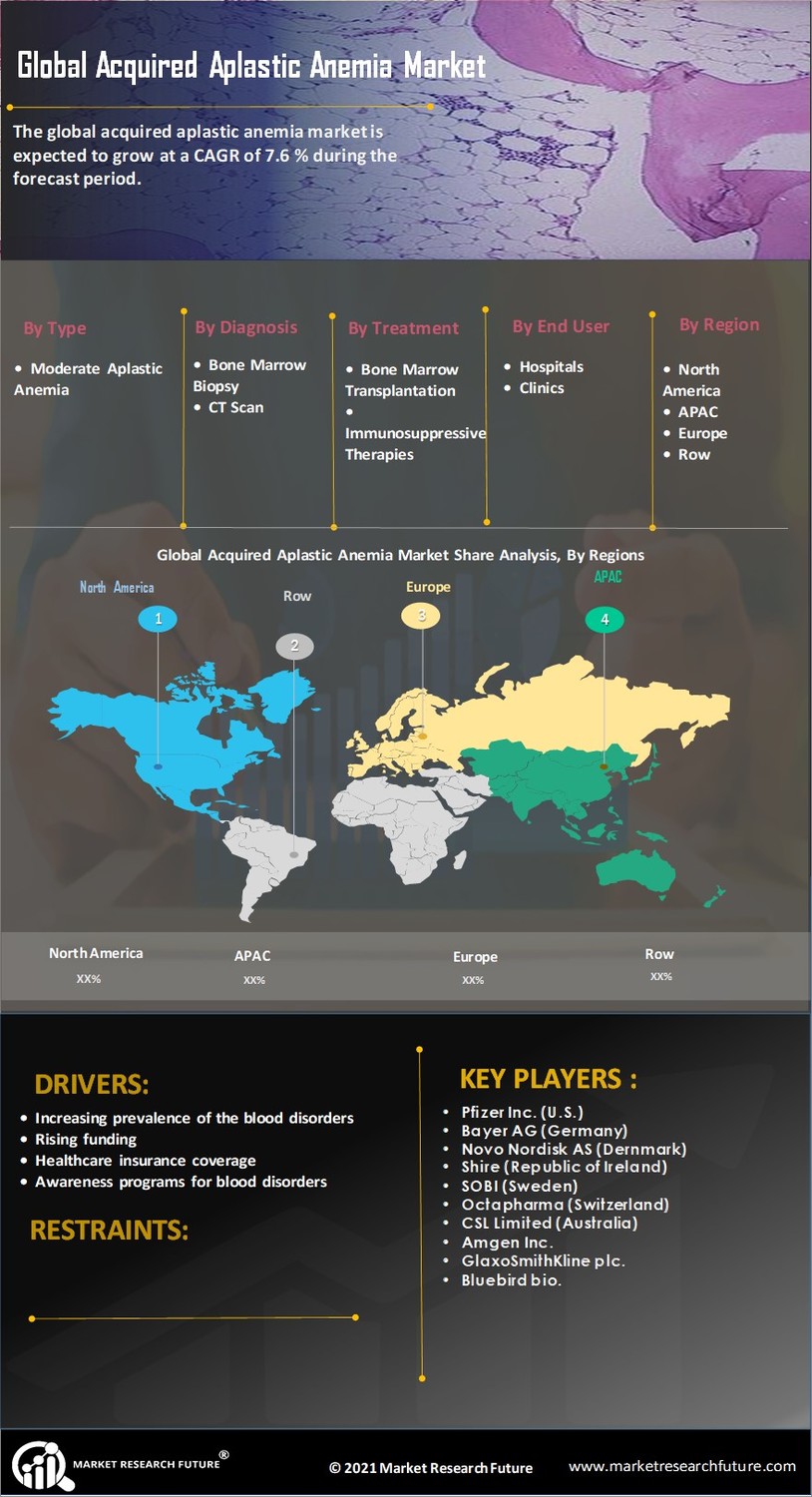

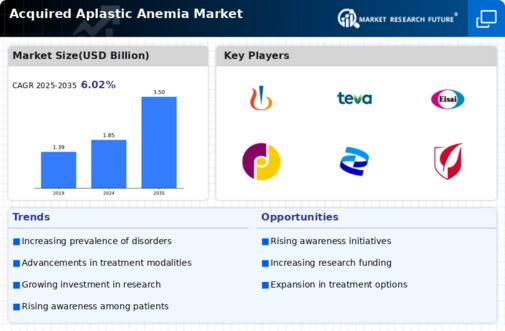
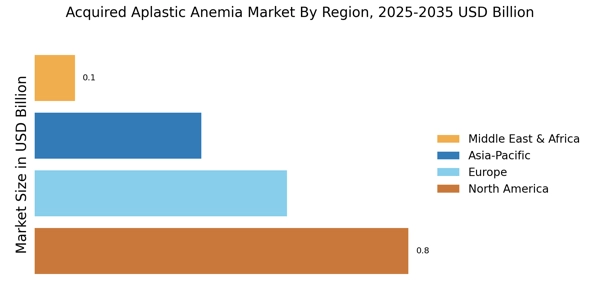
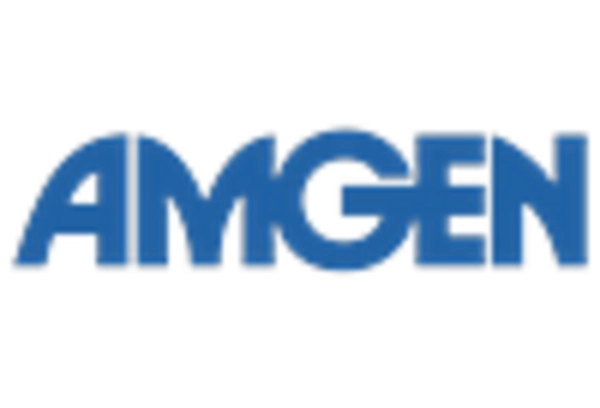


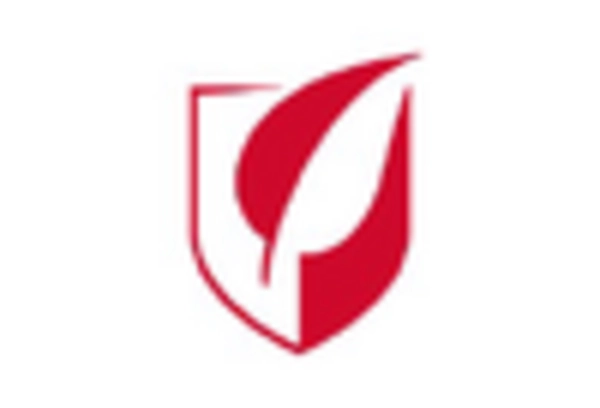

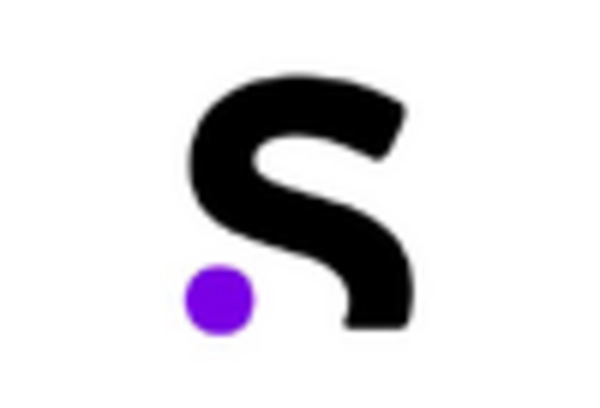








Leave a Comment